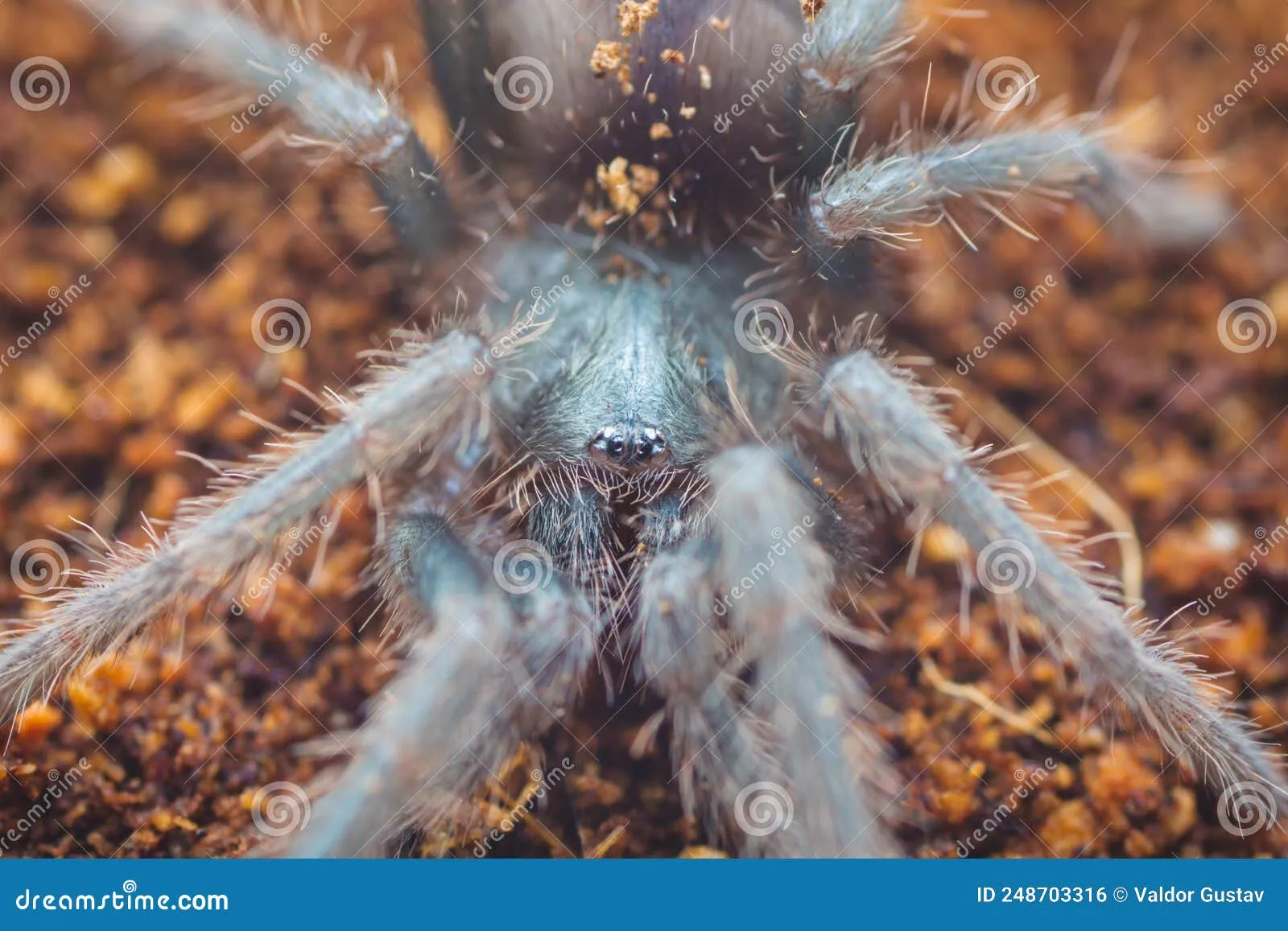Are you fascinated by the world of exotic pets and considering a Brazilian Pink Tarantula? Known for their striking beauty and relatively docile temperament, these arachnids have become popular among hobbyists. This guide provides essential facts and insights for potential owners, covering everything from their appearance and care requirements to where you can find one for sale.
What is a Brazilian Pink Tarantula?
The Brazilian Pink Tarantula (Lasiodora parahybana), also known as the Salmon Pink Birdeater, is one of the largest tarantula species in the world. Native to the rainforests of Brazil, this species is celebrated for its impressive size and vibrant coloration. These tarantulas are known for their relatively calm disposition, making them a popular choice for both novice and experienced tarantula keepers. They offer a unique opportunity to observe the fascinating behaviors of a large, impressive arachnid in a captive environment.
Appearance and Characteristics
The Brazilian Pink Tarantula is characterized by its striking appearance. Their bodies are covered in a dense layer of hairs that range in color from salmon pink to light brown. This coloration gives them a distinctive look, differentiating them from other tarantula species. These tarantulas also possess a heavy build, further contributing to their imposing presence. Their legs are thick and strong, allowing them to move with surprising agility despite their size. They have a large carapace, which is the top part of their cephalothorax, which contributes to their overall impressive appearance.
Size and Color
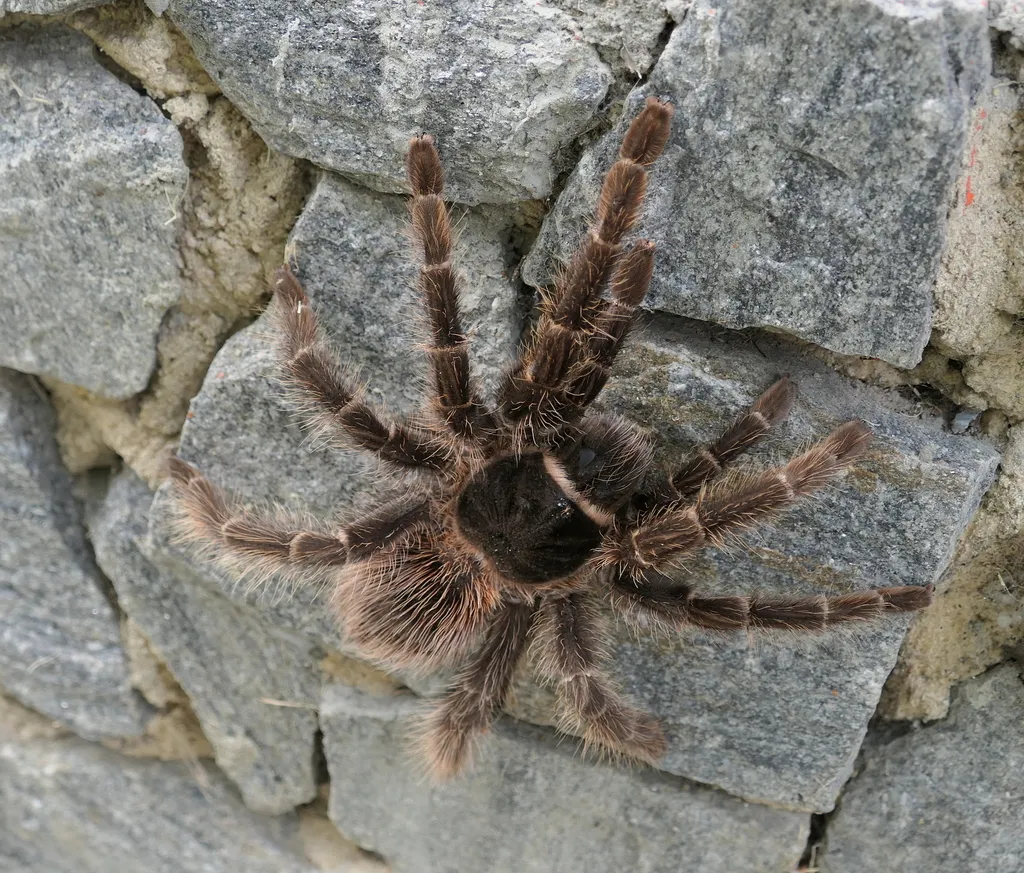
Adult Brazilian Pink Tarantulas can reach impressive sizes, with leg spans often exceeding 10 inches (25 cm). The females are typically larger than the males. The primary color is a mix of pink, brown, and tan hues, with the exact shade varying slightly from individual to individual. This beautiful mix of colors contributes to the appeal of these arachnids and makes them a visually captivating pet. Their overall size and coloration make them stand out in any collection.
Lifespan
The lifespan of a Brazilian Pink Tarantula is a significant factor to consider when deciding to own one. Females typically live much longer than males, often surviving for 15 to 20 years or even longer in ideal conditions. Males, on the other hand, have a shorter lifespan, usually living for 3 to 5 years after reaching maturity. This difference in longevity underscores the commitment required when caring for these fascinating creatures. Proper care, including a suitable habitat and appropriate diet, is crucial for maximizing their lifespan and ensuring their well-being.
Where to Find Brazilian Pink Tarantulas for Sale?
If you are looking to buy a Brazilian Pink Tarantula, you have several options. The most common methods include purchasing from reputable breeders and suppliers. Additionally, you can explore online marketplaces and local pet stores. It’s crucial to ensure you source your tarantula from a trusted seller who prioritizes the health and well-being of the animals.
Reputable Breeders and Suppliers
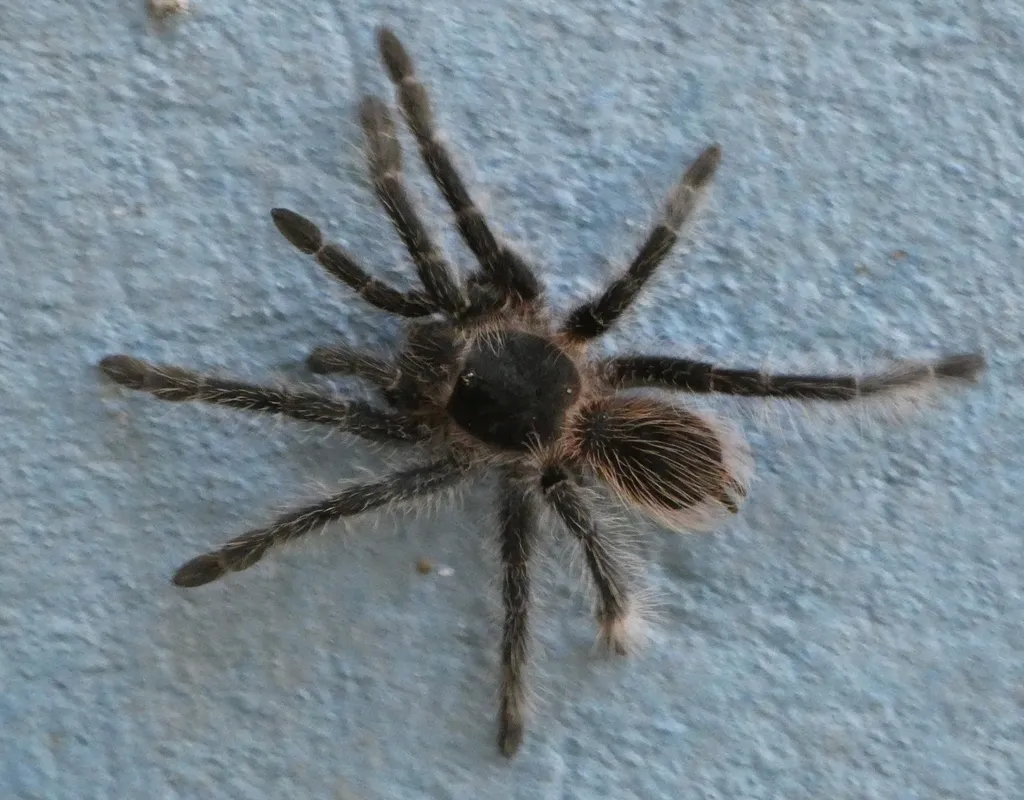
Reputable breeders are often the best choice when purchasing a Brazilian Pink Tarantula. They usually have a strong understanding of tarantula care and can provide healthy specimens. Look for breeders with positive reviews and a good reputation within the tarantula-keeping community. They can offer valuable advice on care and assist with any initial queries you may have. They can also provide you with information regarding the tarantula’s lineage, which can be valuable information for any collector.
Online vs Local Pet Stores
Both online and local pet stores offer Brazilian Pink Tarantulas. Online retailers often have a wider selection and may offer lower prices. However, purchasing online means you cannot directly inspect the tarantula before purchase. Local pet stores allow you to see the animal and assess its health and condition. Whichever method you choose, ensure the seller is knowledgeable and willing to provide information about the tarantula’s care and history.
Caring for Your Brazilian Pink Tarantula
Caring for a Brazilian Pink Tarantula requires attention to detail. This includes providing a suitable enclosure, maintaining the right temperature and humidity levels, and feeding them an appropriate diet. Proper care is crucial for the health and happiness of your tarantula. If you’re prepared to fulfill these needs, you will find them to be low-maintenance and fascinating pets.
Enclosure Setup
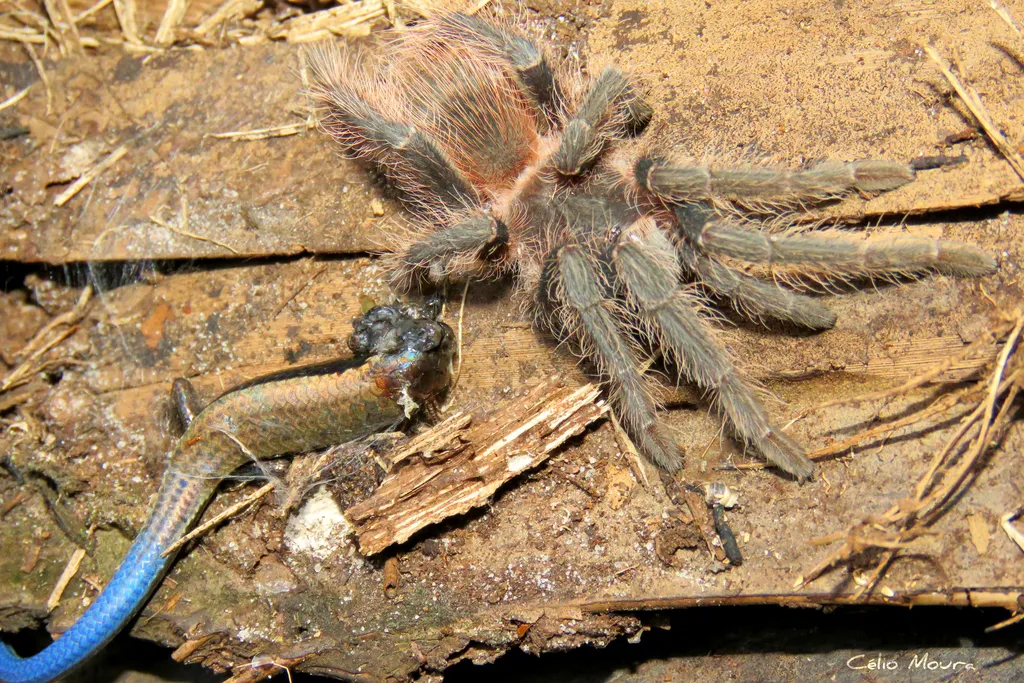
A suitable enclosure is essential for your Brazilian Pink Tarantula’s well-being. A glass or plastic terrarium with a secure lid is ideal. The enclosure should be large enough to accommodate the tarantula’s size, allowing it to move around comfortably. As a general rule, the enclosure should be at least three times the tarantula’s leg span in width and length. Ventilation is critical, so ensure the enclosure has adequate airflow. Avoid enclosures with sticky surfaces, as these can potentially trap the tarantula’s feet.
Substrate and Habitat
The substrate is the bedding material used in the enclosure. A good substrate for a Brazilian Pink Tarantula is a mix of coconut fiber, peat moss, and vermiculite. This combination helps retain moisture and allows the tarantula to burrow. The substrate depth should be at least 4-6 inches. Provide the tarantula with a hide, such as a piece of cork bark or a hollow log, where it can retreat and feel secure. Add some live or artificial plants to provide additional cover and enhance the enclosure’s aesthetic appeal.
Feeding and Diet
Brazilian Pink Tarantulas are voracious eaters. They primarily feed on insects, such as crickets, roaches, and mealworms. The size of the prey should be appropriate for the tarantula’s size; generally, the prey should be no larger than the tarantula’s body. Juveniles should be fed more frequently than adults, usually 2-3 times per week. Adults can be fed once or twice a week. Always remove any uneaten prey from the enclosure to prevent stress and potential injury to the tarantula.
Handling and Safety
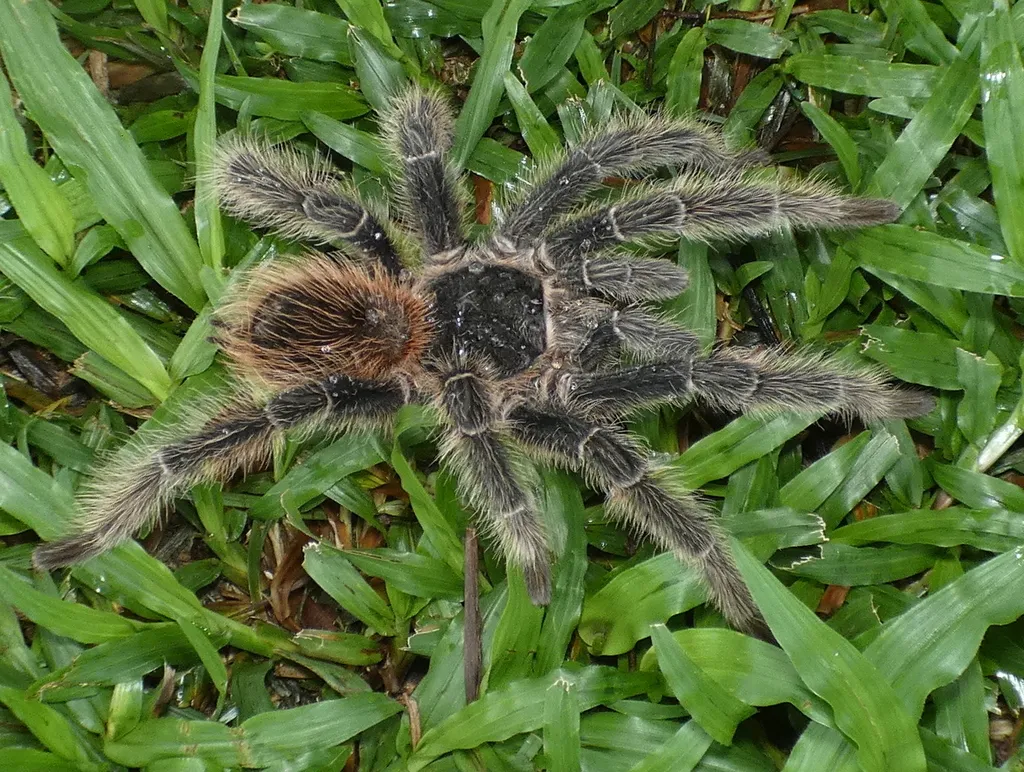
Handling a Brazilian Pink Tarantula should be done with caution. These tarantulas are generally docile, but they can bite if they feel threatened. Avoid handling them unnecessarily. If you must handle your tarantula, do so over a soft surface, such as a bed or a couch, to prevent injury if it falls. Always wash your hands before and after handling your tarantula. Be mindful of their urticating hairs, which can cause skin irritation.
Common Health Issues
Like all pets, Brazilian Pink Tarantulas can experience health issues. Common problems include dehydration, parasitic infections, and injuries from falls or bites. Regular observation of your tarantula is key. Look out for signs of illness, such as lethargy, loss of appetite, or unusual behaviors. Providing a clean and well-maintained environment can help prevent many health issues. Seek professional veterinary advice if you have any concerns about your tarantula’s health.
Molting Process
Molting is a natural process where tarantulas shed their exoskeletons to grow. During this time, they are vulnerable and should not be disturbed. The tarantula may stop eating and may appear inactive. Provide a moist environment during this period and avoid handling. After molting, the tarantula will be soft and fragile for a few days. Do not feed them immediately after molting; wait until their fangs have hardened.
Frequently Asked Questions about Brazilian Pink Tarantulas
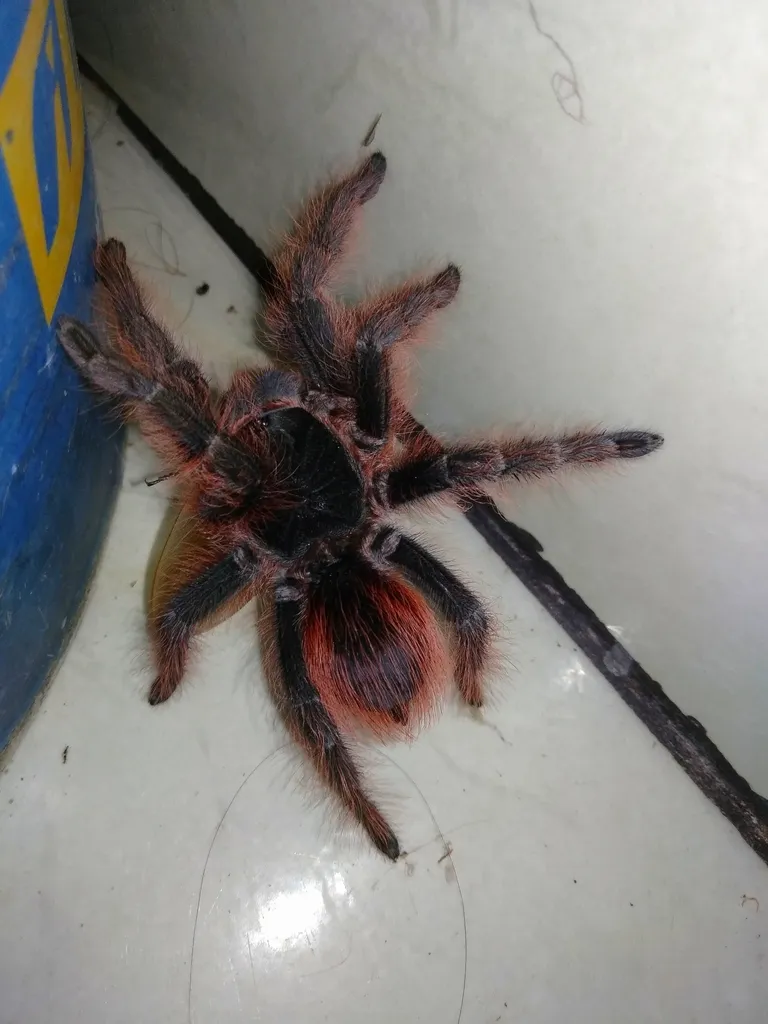
Several questions arise regarding the care and behavior of Brazilian Pink Tarantulas. Addressing these common queries can provide clarity and ensure that you are well-prepared to care for your new pet.
What do Brazilian Pink Tarantulas eat?
Brazilian Pink Tarantulas are primarily insectivores. Their diet consists mainly of crickets, roaches, and mealworms. They may also consume other invertebrates. The specific type and size of food depend on the tarantula’s size and age. Variety in the diet can contribute to better health, so offering different types of insects is beneficial.
Are Brazilian Pink Tarantulas venomous?
Yes, all tarantulas are venomous. However, the venom of the Brazilian Pink Tarantula is not considered medically significant to humans. A bite may cause localized pain and swelling, but it is generally not dangerous. Allergic reactions are rare. Avoid handling your tarantula unless necessary and be mindful of its urticating hairs, which can cause irritation.
How often do Brazilian Pink Tarantulas molt?
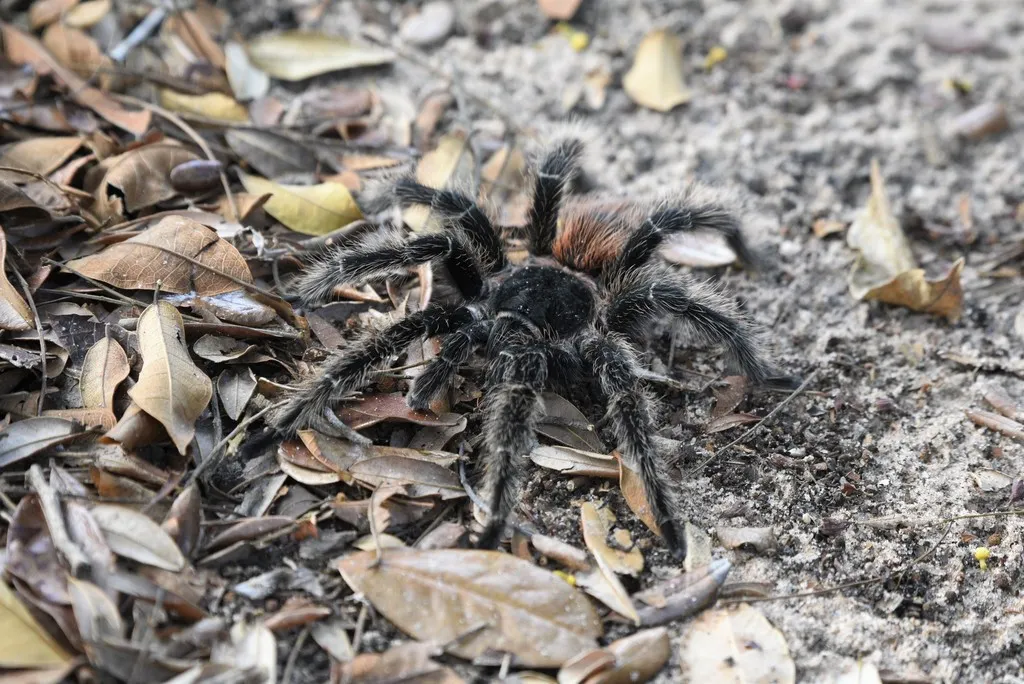
The frequency of molting varies with age and growth rate. Juveniles molt more frequently than adults. Young tarantulas may molt every few months, while adults may molt once a year or less. The molting process is essential for growth and shedding of parasites. Provide a stable and humid environment during the molting process to support your tarantula.
In conclusion, the Brazilian Pink Tarantula is a captivating pet that can bring a touch of the exotic to your life. By understanding their needs, you can provide a comfortable and stimulating environment. Purchasing a Brazilian Pink Tarantula is a responsible decision. Following the guidelines outlined above, you can ensure a fulfilling and rewarding experience for both you and your fascinating arachnid companion. Remember to always prioritize the health and well-being of the tarantula by providing a safe and enriching habitat.
